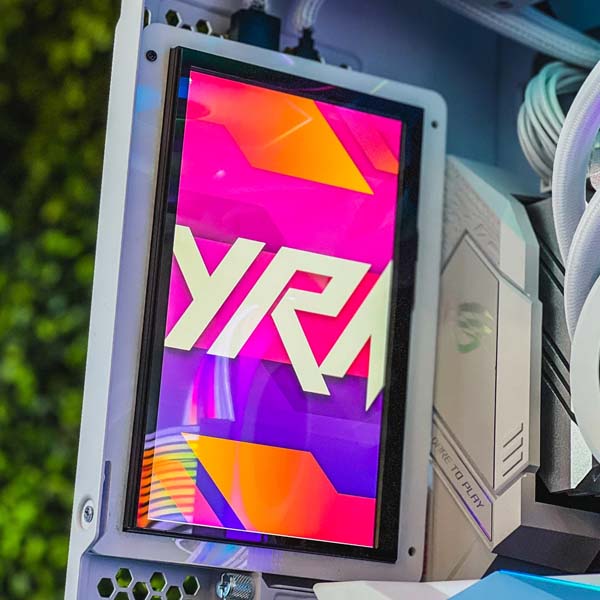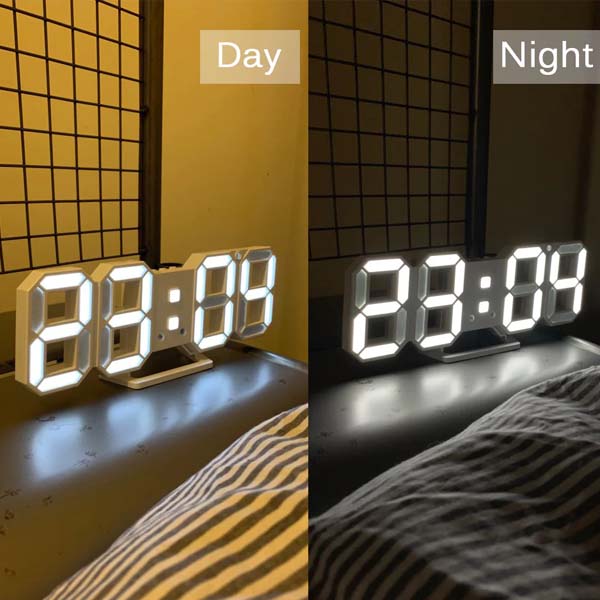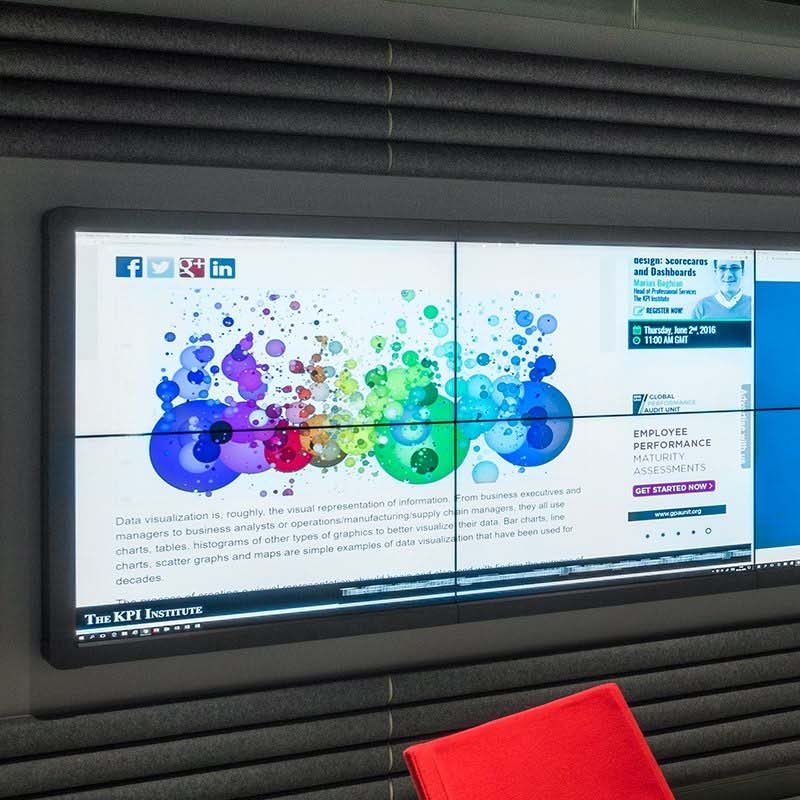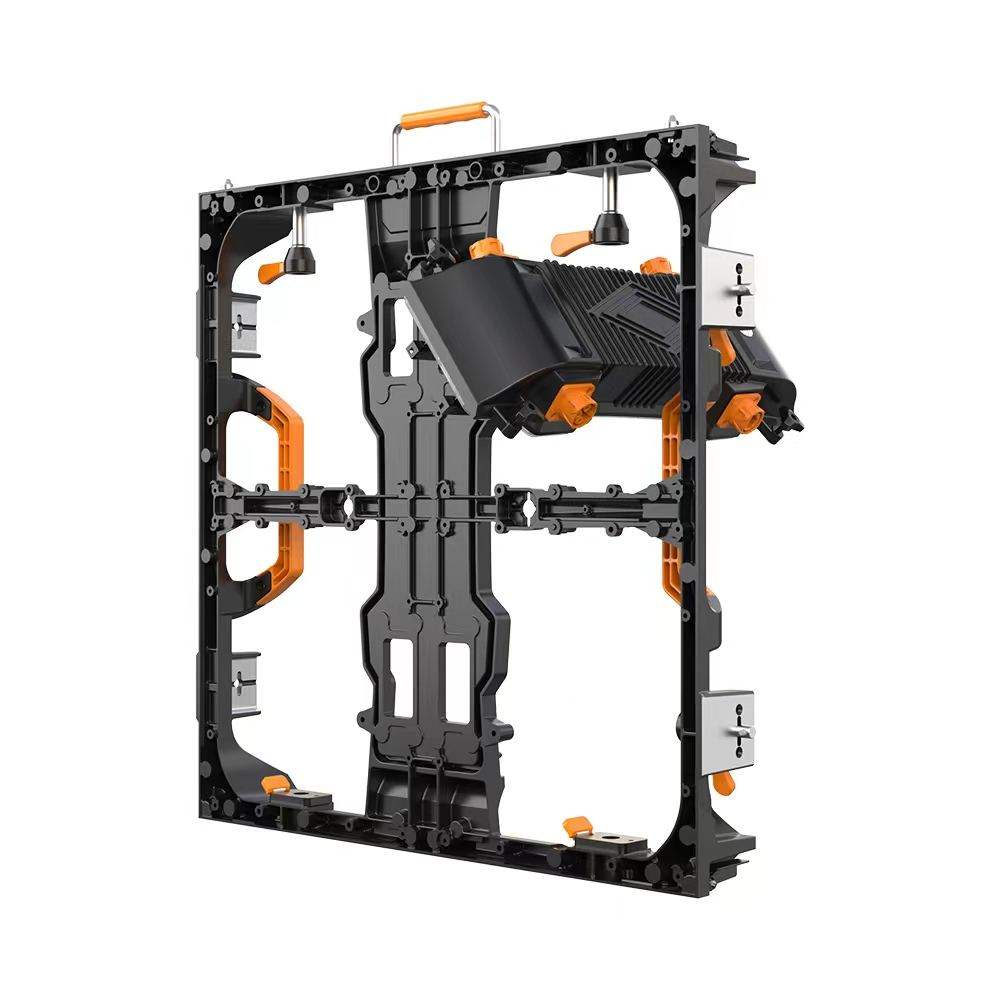In the current era of rapid digital and intelligent development, smart LED displays, as the crystallization of cutting – edge technology, are revolutionizing the pattern of visual display and information interaction. Breaking through the limitations of traditional displays, they are widely applied in diverse scenarios such as smart conference rooms, smart retail stores, and smart homes. They bring people convenient, efficient, and immersive experiences, and have become a crucial driving force for the intelligent transformation of various fields. Next, let’s explore the unique charm of smart LED displays in depth.
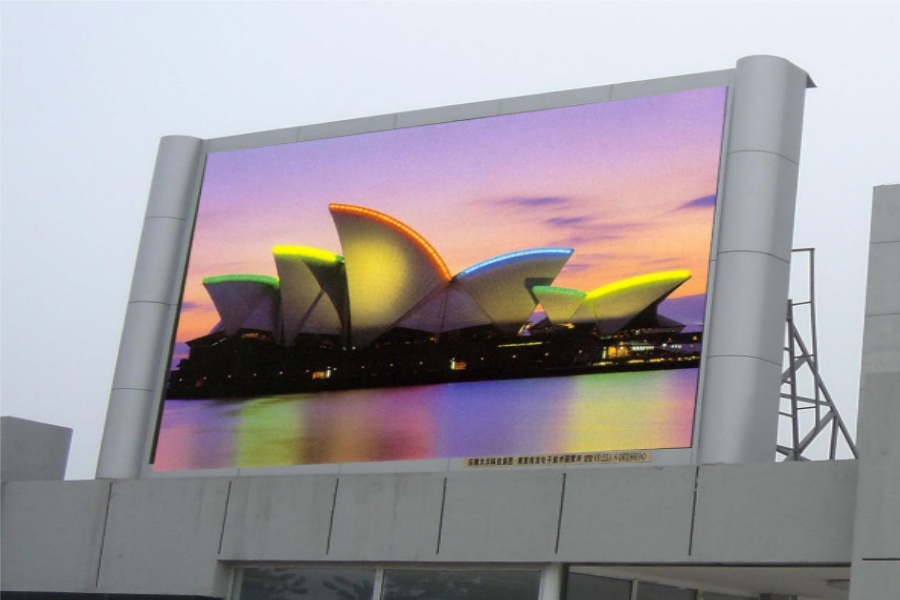
What is a Smart LED Display?
A smart LED display takes the light – emitting diode (LED) as the core for display and integrates advanced technologies like artificial intelligence, the Internet of Things, and big data. With a built – in high – performance chip and an intelligent operating system, it has powerful data processing and analysis capabilities. In terms of hardware, it uses high – brightness and high – resolution LED lamp beads to present vivid – colored and clear – detailed images. At the software level, it is equipped with an intelligent interaction system that supports multiple interaction methods such as touch, voice, and gesture, and can accurately recognize user commands. By leveraging the Internet of Things technology, it can communicate and connect with other smart devices, realizing data sharing and collaborative work. Through big data analysis, it can also provide personalized content recommendations based on user behaviors and preferences.
Characteristics of Smart LED Displays
Intelligent Interaction Experience: It supports touch operation. Users can easily switch content, zoom in or out, etc., just by touching the screen, as conveniently as operating a tablet computer. The voice – interaction function enables the display to respond quickly as long as the user gives an instruction. Operations like querying information and playing videos can be completed in one go. The gesture – recognition technology adds more fun to the interaction. Simple gestures such as waving and making a fist can complete specific operations, enhancing the fun and sense of technology of the interaction.
Intelligent Content Customization: By analyzing data such as users’ browsing history, dwelling time, and click behavior through big data, it can gain in – depth understanding of users’ interests and preferences, and then customize personalized display content for each user. In smart retail, it can recommend desired products according to customers’ past purchase records. In a smart conference room, it can display relevant materials based on the identities of participants and the conference theme, greatly improving the accuracy and efficiency of information transmission.
Intelligent Device Interconnection: It can serve as the core hub of the smart ecosystem, connecting seamlessly with devices such as smart speakers, cameras, and sensors. In a smart home, it can be linked with a smart door lock. Once it recognizes the owner’s return, it will automatically play a warm greeting and the important information of the day. In a smart office scenario, it can work in coordination with projectors, printers, etc., enabling one – click screen projection and printing of files, thus creating an efficient and convenient smart working environment.
Real – time Data Processing: The built – in high – performance chip endows it with powerful real – time data – processing capabilities. It can quickly analyze and process a large amount of data and visually display the analysis results. In a traffic monitoring center, it can process traffic flow data in real – time, generate dynamic traffic maps, and assist managers in promptly diverting traffic. In financial institutions, it can analyze financial data such as stocks and exchange rates in real – time, providing a basis for investors to make decisions.
Applications of Smart LED Displays
Smart Conference Rooms: It becomes the core device for conference display and collaboration. It supports multi – person simultaneous touch – writing, realizes real – time video conferencing across different locations, file sharing, and online annotation. This breaks geographical limitations, improves the efficiency of conferences and communication, and makes remote collaboration as smooth as face – to – face communication.
Smart Retail Stores: Installed at the store entrance or beside the shelves, it can analyze customers’ characteristics such as age, gender, and expression through face recognition, and then push personalized advertisements and discount information. It can also display product information and inventory in real – time, helping customers quickly find the products they need, thereby enhancing the shopping experience and the store’s sales volume.
Smart Homes: As the home information control center, installed in areas like the living room or bedroom, it can centrally control home appliances such as lights, air conditioners, and curtains. It can play entertainment content such as news, music, and videos, and display home security monitoring footage, realizing the intelligence and convenience of home life.
Education Field: It creates a smart classroom. Through interactive teaching courseware, it can stimulate students’ learning interests. It supports remote teaching, enabling the sharing of high – quality educational resources. It can also record students’ learning data in real – time, providing a basis for teachers’ teaching evaluation and personalized tutoring.
Precautions for Smart LED Displays
Data Security and Privacy Protection: Attach great importance to user data security. Adopt multiple measures such as encrypted transmission, access – rights control, and data backup to prevent data leakage and tampering. When collecting and using user data, follow a strict privacy policy, clearly inform users of the data usage and obtain their consent to protect users’ privacy rights.
System Compatibility and Stability: Before use, ensure that the smart LED display has good compatibility with other connected devices and software systems to avoid problems such as connection failures and abnormal data transmission. Regularly update and maintain the system, fix loopholes, and ensure the stable operation of the device, reducing the interruptions in use caused by system failures.
Proper Use and Maintenance: Operate the display correctly according to the product manual, avoiding improper behaviors such as excessive touching and violent collision. Regularly clean the screen surface to keep the display clear. Check the heat – dissipation situation of the device to prevent overheating from affecting its performance and lifespan. In case of malfunctions, contact professional technicians for repair in a timely manner.
Smart LED displays, with their outstanding intelligent features and broad application prospects, are profoundly changing the way people work, live, and study. With the continuous innovation and breakthrough of technology, they will unleash greater potential in the future, injecting new impetus into the development of various industries and creating a more intelligent, convenient, and wonderful life experience for people.
Factors in Choosing a Smart LED Display
Display Effect
Resolution: A high resolution can present clearer and more delicate images. For example, P2.5, P1.8, etc. The smaller the number, the higher the resolution.
Brightness and Contrast: Appropriate brightness ensures that the content can be seen clearly under different ambient light conditions. High contrast can make the picture more vivid in color and richer in layers.
Color Reproduction: High – quality displays can accurately reproduce the colors of images, presenting a natural and realistic visual effect.
Intelligent Functions
Interaction Modes: Interaction modes such as touch, voice, and gesture should be sensitive and accurate, facilitating user operation.
Intelligent System: The operating system should be stable and smooth, with a rich variety of applications and good scalability for easy function upgrades.
Data Processing Ability: Powerful data – processing capabilities can quickly analyze and display data to meet real – time requirements.
Hardware Performance
Chip Performance: A high – performance chip can ensure the running speed and stability of the display, without lag when handling complex tasks.
Storage Capacity: A larger storage capacity can store more content and applications, avoiding usage limitations due to insufficient space.
Interface Types: Abundant interfaces such as HDMI, USB, RJ45, etc., facilitate connection with various devices.
Reliability and Stability
Brand and Reputation: Choose well – known brands. Their product quality and after – sales service are more guaranteed. You can understand their reputation through online reviews and user feedback.
Protection Level: According to the usage environment, select a display with an appropriate protection level. For example, outdoor use requires a high waterproof and dust – proof level.
Service Life: High – quality displays use high – quality materials and have a long service life, which can reduce replacement costs.
Price and Service
Price: Choose a cost – effective product according to your budget. Don’t blindly pursue high – end products. Consider performance and price comprehensively.
After – sales Service: A complete after – sales service can promptly solve problems that occur during use, including the warranty period, maintenance response time, etc.
Smart LED Display Suppliers
KSSDISPLAYis a professional integrated solution provider for LED displays. We are engaged in the research, sales, and service of Harley Di fixed LED displays, outdoor fixed – billboard LED displays, and indoor and outdoor rental LED displays. We offer a wide variety of indoor transparent LED screens. If you are interested, you can contact us for inquiries and price quotes.

